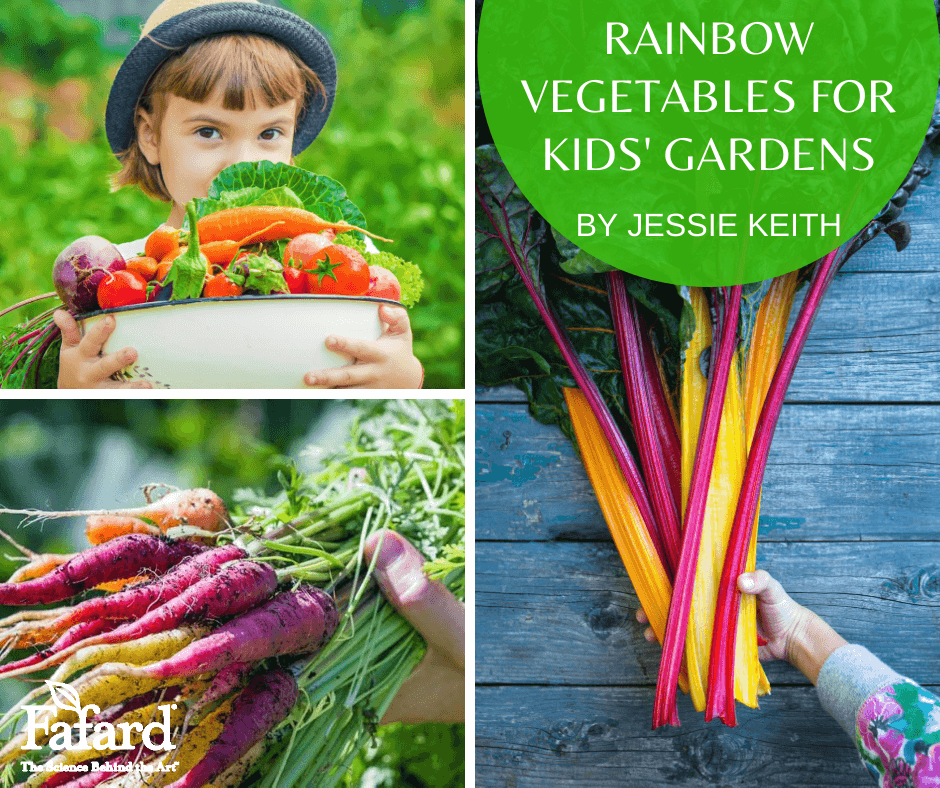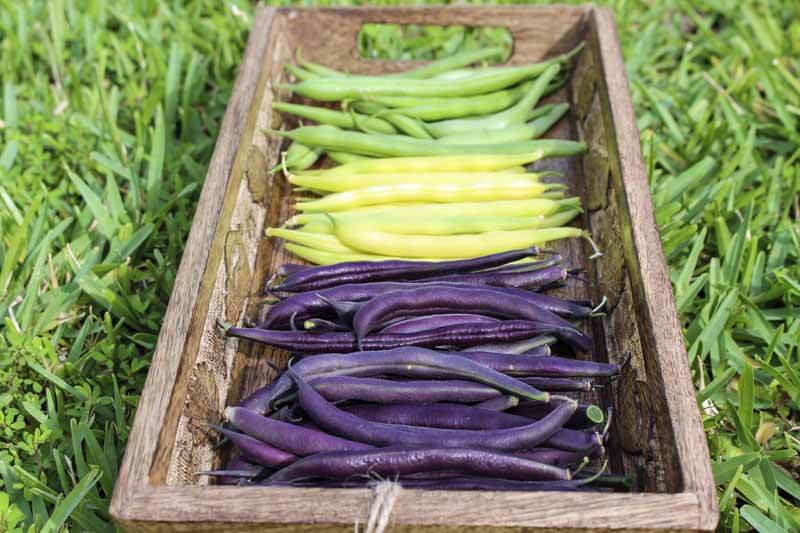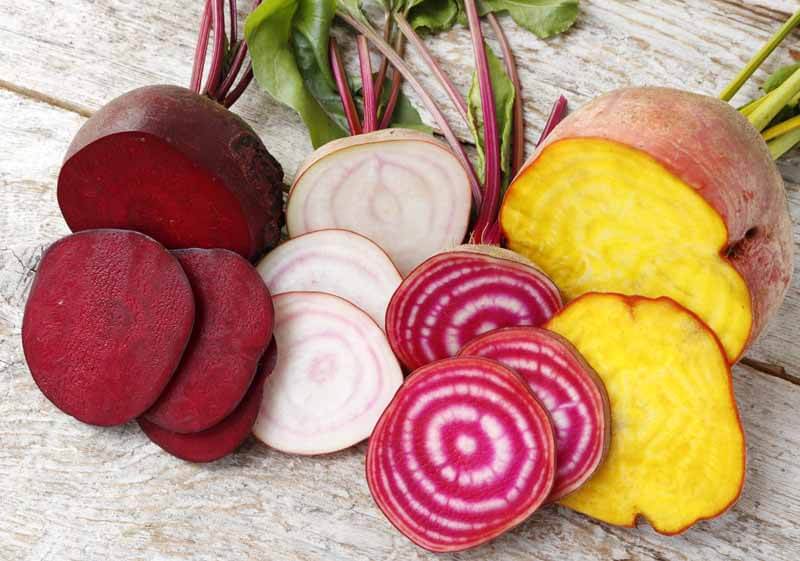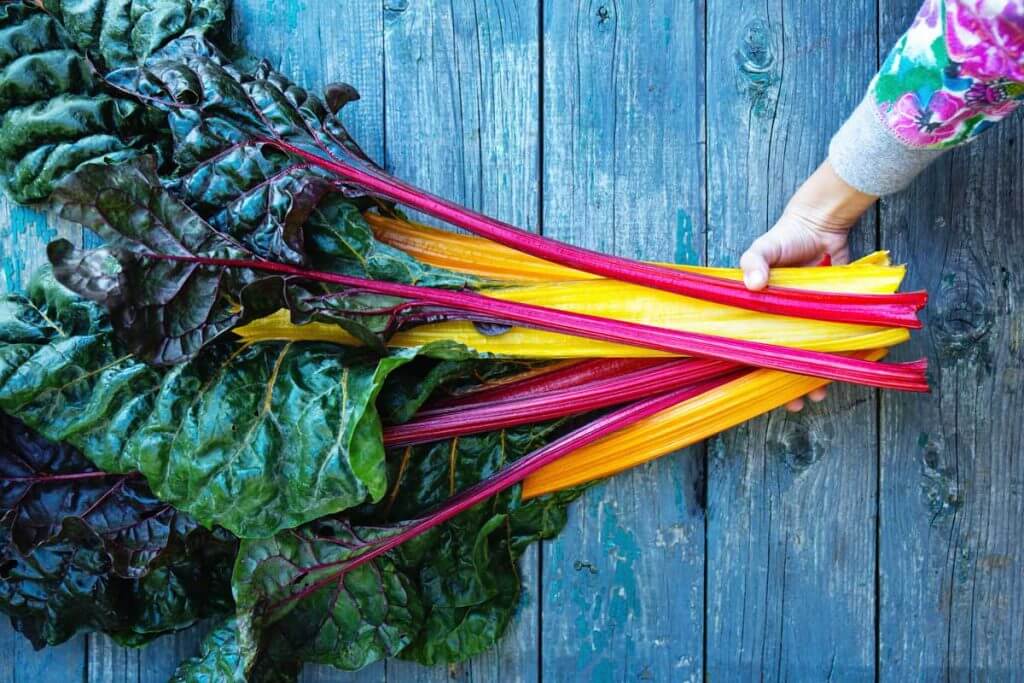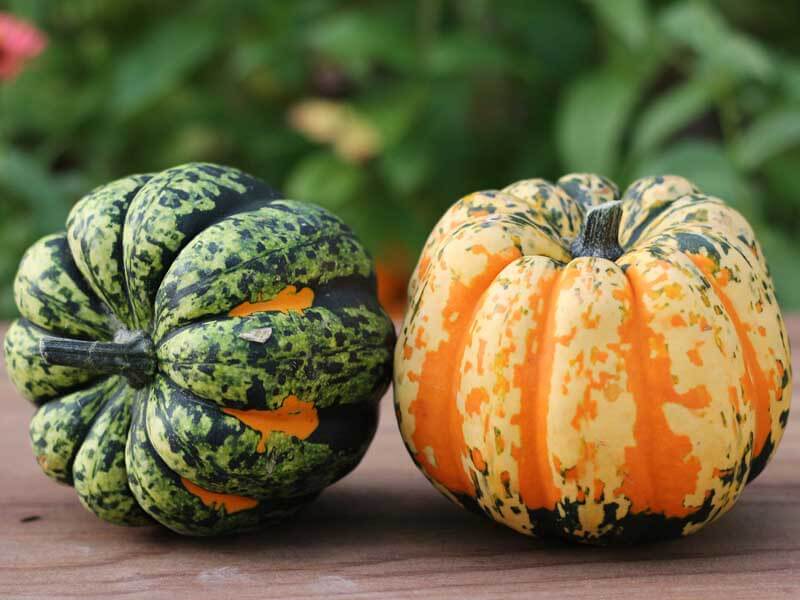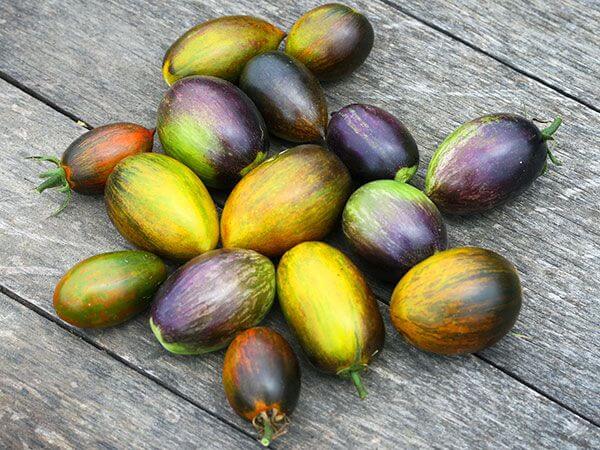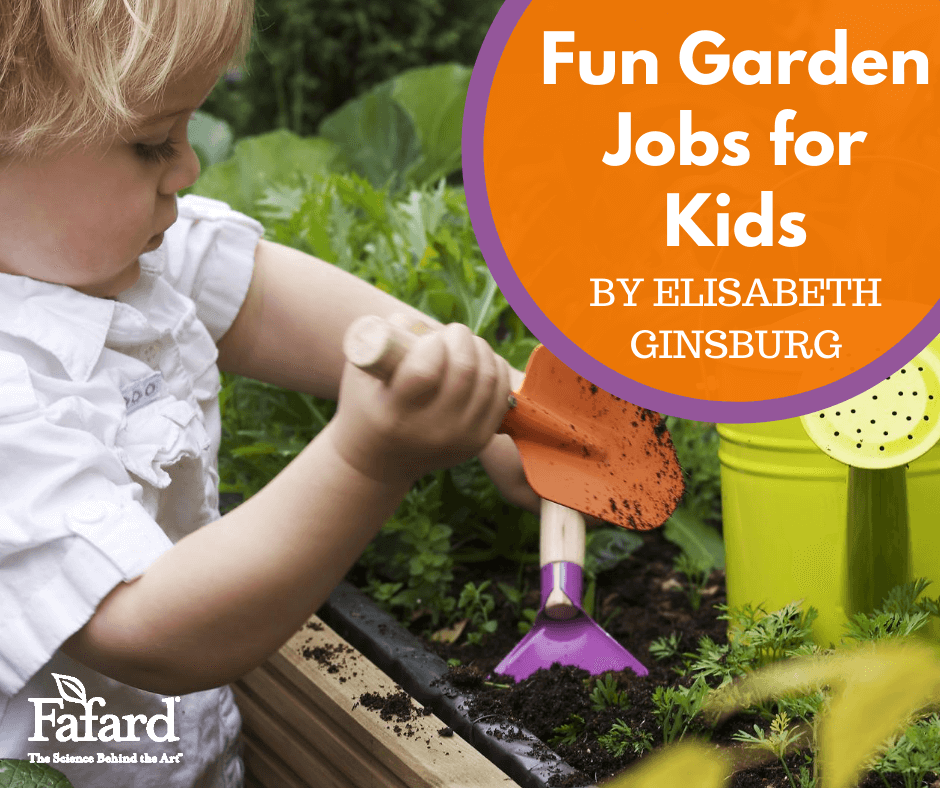
It is natural for parents who love gardening to want their children to share that love. The best way to grow a future gardener is to get him or her into the garden early and often. Start off on the right foot by taking the baby basket with you and parking it in the shade when you go out to weed or tend the beds. The sights, sounds, and smells will surround your child and pave the way for positive associations in the future.
Start Digging the Dirt
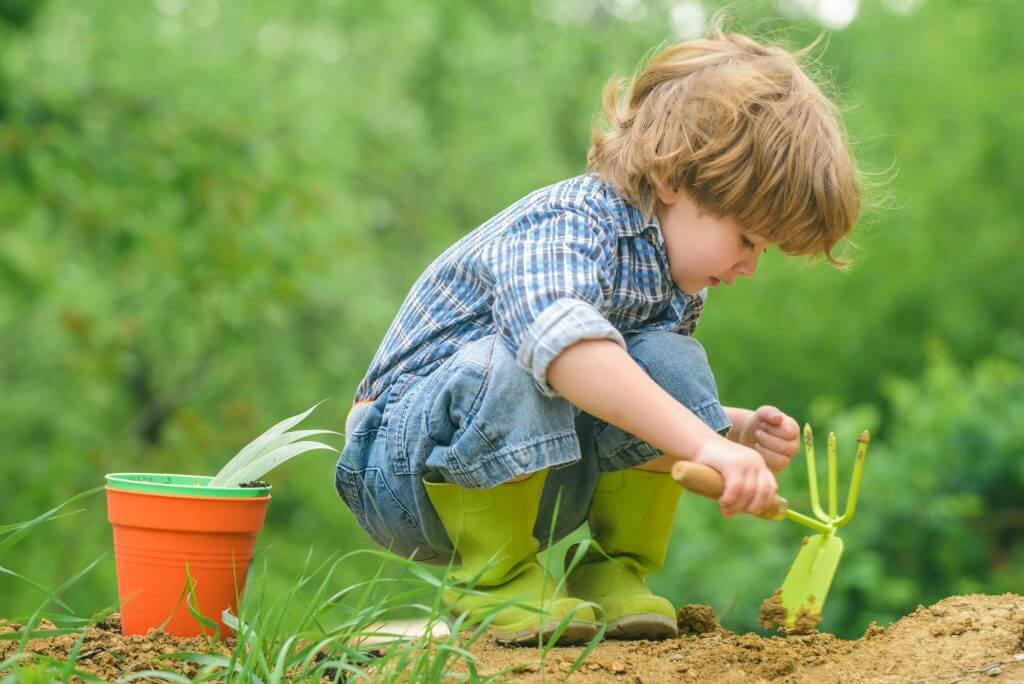
Toddlers who are too young to help out in more specific ways may relish digging in the dirt with a small shovel or trowel. This is not a “chore”, but it will certainly get them in touch with the earth. Toddlers are also naturally curious. Point out interesting flowers, plants, butterflies, and other insects to give your child a sense of comfort and familiarity with the garden’s animal, flower, fruit, and vegetable denizens.
Get Growing with your Child

One of the best ways to nurture a future gardener is to give the child a small plot or pot of their own and some seeds to plant. Kids may be able to help with simple soil preparation, like raking a new bed or filling containers with potting mixes like Fafard Natural and Organic Potting Mix.
When choosing flower or vegetable varieties for your child to plant, a good rule of thumb is, “the smaller the person, the bigger the seed.” Opt for big, non-toxic seeds, like those for pumpkin, sunflower, or nasturtium—easy to hold and see—and show how to make planting holes and cover the seeds with soil. If you are planting smaller seeds, like those for cool-season greens or carrots, try to find pelleted seed, which is easier for small hands. (Click here for a list of great seeds for kids.)
Though many a gardener has launched a lifetime passion by starting seeds indoors in flats, egg cartons, or paper cups, direct sowing is a more immediate way of establishing a garden connection. You just have to be careful what you sow. Once again, large-seeded plants are easier to start outdoors, while some vegetables, like tomatoes, peppers, simply perform better when planted indoors from seed.
Whatever you plant, you and your child will have the pleasure of getting out in the garden regularly to watch the seeds grow, and ultimately, harvesting the flowers or vegetables. If the child can hold a small watering can, they can water their own plants with a little initial guidance about where and when to water.
Getting Your Kids to Help Weeding

There is something satisfying about cleaning a garden space of weeds, and it’s a great way to teach kids about competition for resources. The simple removal of weeds will give your vegetables and flowers more water, nutrients, and sunlight!
Older children may be able to help with weeding, especially if it is part of the routine of caring for their own plots or pots. Even adults have trouble with weed identification, so start by teaching your novice gardener about common, easy-to-spot weeds, like dandelions and crabgrass. Explain that weeds are not “bad”, they are just plants growing in the wrong places and taking water and food from the sunflowers or squash plants. Stress good weeding technique—wearing pint-size garden gloves and pulling out the weeds along with the roots, rather than breaking off the tops. Depending on the child’s age, a child-size or standard-size trowel can help with this. Kids take pride in having their own special tools.
If you have a compost pile, this is a good time to teach your child about disposing of weeds and other organic garden debris in the composter or on the pile. If a child is old enough to help with weeding, he or she is old enough to understand basic information about decomposition, or how time and nature break down weeds into food for the soil.
Garden Harvest with Kids

Even the smallest child can help with the harvest, which is the reward for all the planting, tending and, especially, waiting involved in the gardening process. Like flower picking, successful harvesting needs a little guidance and practice to make perfect. Show your child how to grasp and gently snap off beans or peas. Explain how to spot a fruit or veggie that is ripe enough to pick. Let them enjoy the harvest—the taste of one cherry tomato eaten while it is still warm from the sun may well get your child more enthused about gardening than all the picture books or verbal instruction in the world.
Set a Good Gardening Example

Children are much more likely to imitate what we do, than do what we tell them. Encourage your child to spend time in the garden with you, even if they show little or no interest in garden chores. Remember that you are planting the seeds of an interest, hobby, or even vocation that may lie dormant for years before sprouting later on in your child’s life. Be patient. Every good gardener knows that some seeds take longer to germinate than others.

